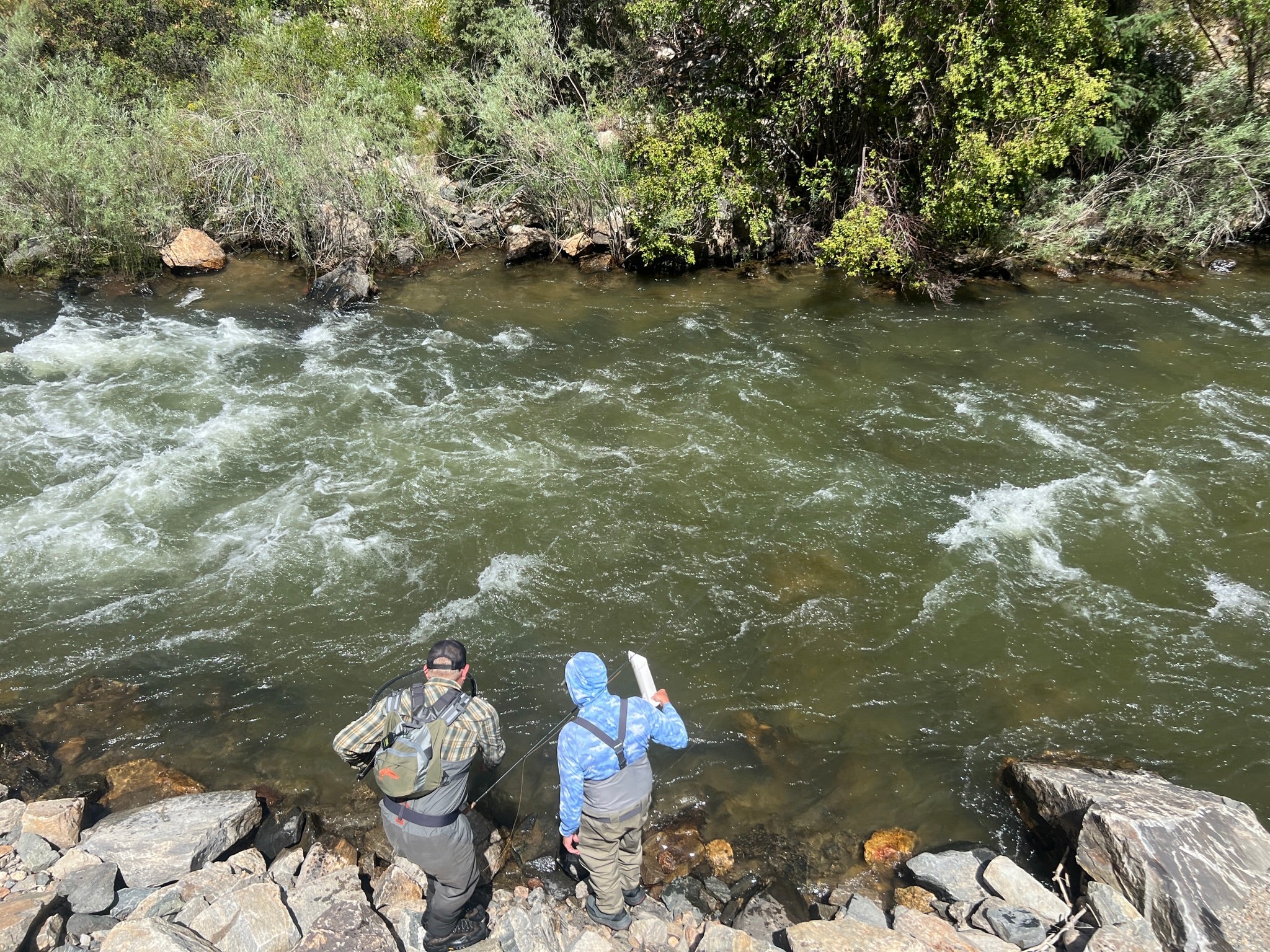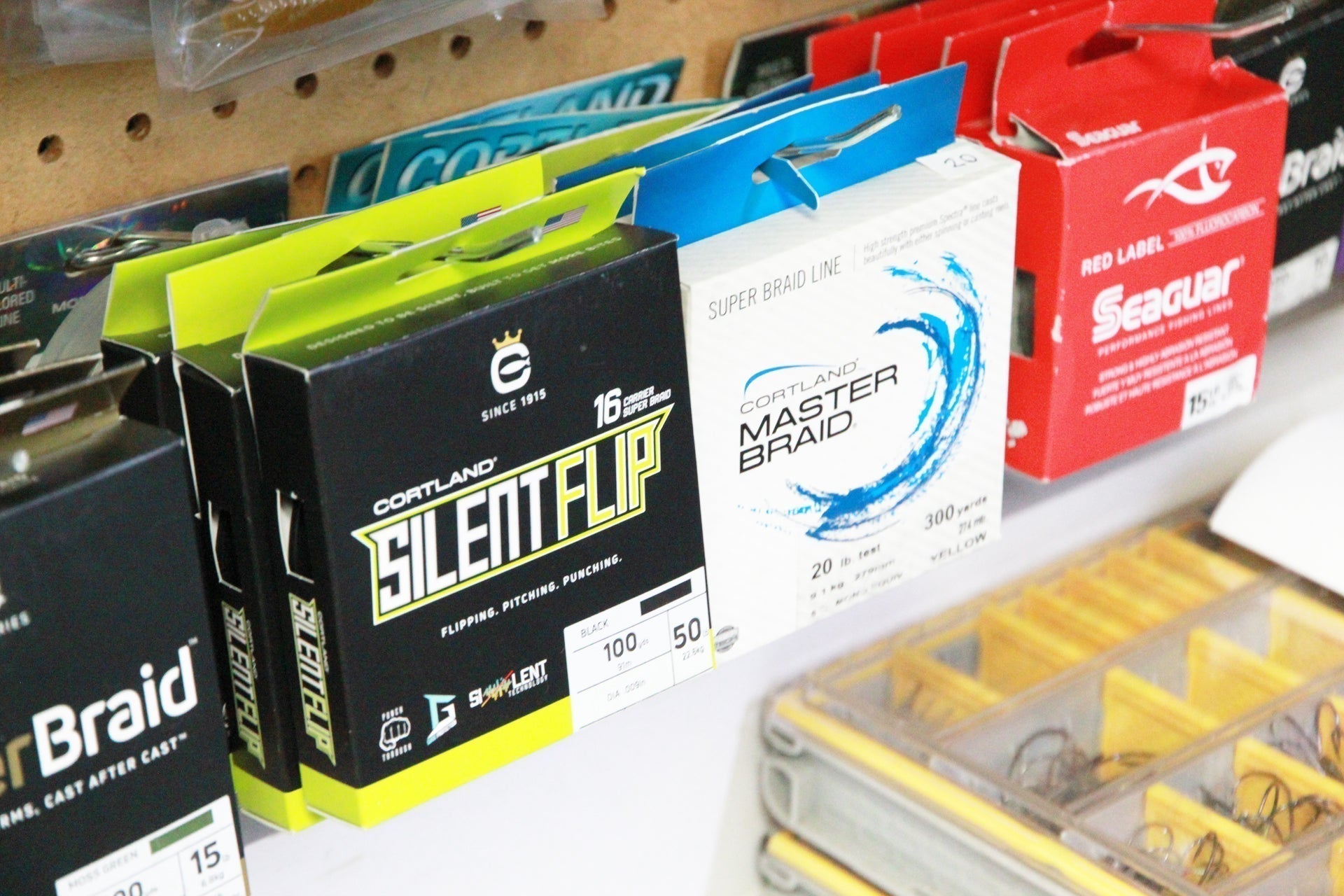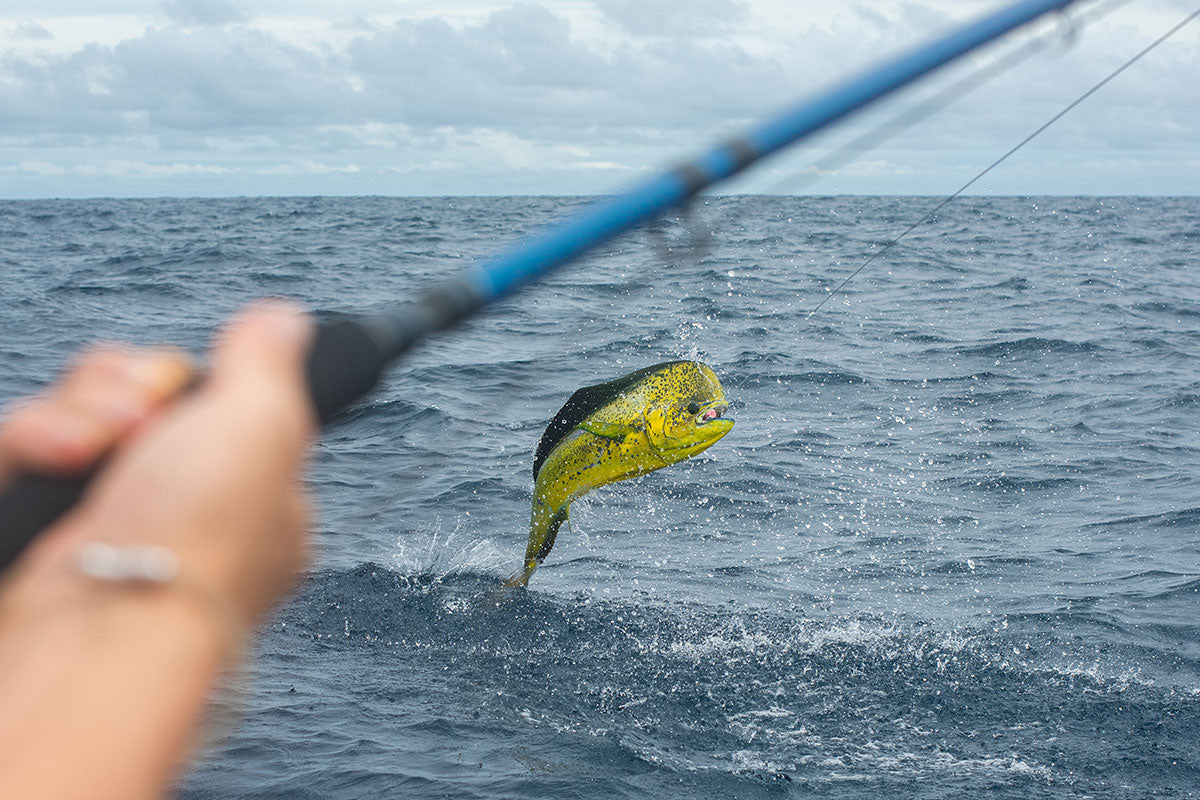Article Written by Mike Komara. Learn More About the Author Below / Article Read Time 6 Minutes
Competitive fly fishing has rapidly become a bigger part of mainstream fly fishing culture in the United States over the last decade or so. Not that long ago many anglers had no idea there was a Team USA fly fishing, or that there was any sort of organized competitive fishing in the US at all. Now, even though only a small fraction of anglers compete, the industry is flooded with competition-style equipment and tactics. Despite this, a large portion of the angling community still only has a surface-level understanding of competition angling and how it all works.
History
Though anglers have likely been competing in one way or another since the inception of the sport, modern competitive fly fishing came around in the early 1980s with the first World Fly Fishing Championship held in Luxembourg. Shortly after, the governing body of competitive fly fishing, FIPS-Mouche, was formed to oversee the continuation of these international events.
The U.S. has been competing on the world stage since nearly the beginning, with a number of notable anglers serving on its earlier teams. American anglers began to take note of competition angling and its related tactics by the mid-2000s. Small competitions following some of the rules set by FIPS began popping up in the U.S. and gained a sizable following by the early twenties. These laid the groundwork for the more organized competition system in place today.

The U.S. team grew through the years, becoming more competitive around 2010. This resulted from the more widespread adoption of tight fly line techniques, as well as having more well-practiced anglers from the local competitions. The U.S. Youth Fly Fishing Team entered the stage around this time as well, giving the younger generation of anglers a chance to fish on the world level.
Today, there are a number of competitive angling organizations that run competitions across the country. Team USA works with a more organized structure, holding local, regional, and national qualifying competitions. The U.S. now has four world teams; a men’s, youth, master’s, and most recently women’s team.
How They Work
There is usually a good bit of confusion around how fly fishing competitions run. Unlike most sports, not every angler competes directly against one another. The field is broken into groups with only the anglers in the same group directly comparing numbers throughout the comp.
 An example of a draw for a one day, four session mini competition. It was held on only one venue, the Pequest River, and had 6 beats. Anglers in group A fish first (session 1-1), while group B judges. Then then swap the next session (1-2), with group A judging the beat they just fished and group B fishing new beats they didn’t see yet. After a break for lunch, the next two sessions (2-1, 2-2) run in the same way. Anglers only compare numbers directly with those in their group.
An example of a draw for a one day, four session mini competition. It was held on only one venue, the Pequest River, and had 6 beats. Anglers in group A fish first (session 1-1), while group B judges. Then then swap the next session (1-2), with group A judging the beat they just fished and group B fishing new beats they didn’t see yet. After a break for lunch, the next two sessions (2-1, 2-2) run in the same way. Anglers only compare numbers directly with those in their group.
Each day, every competitor fishes two, two to three-hour sessions with their group. They are randomly assigned a new fifty to three-hundred-yard beat to fish each session. Whoever lands the most fish in a session takes one placing point from their group, second, most takes two, and so on. In the end, anglers from all the groups compare total placing points, and the lowest number wins.
Those fishing are controlled (judged) by someone from the opposite group. The controller's main job is to make sure their angler is following the rules, confirm they are landing each fish, and record the number of fish caught. Judging each other provides a pretty interesting learning opportunity, giving everyone the chance to watch a few great anglers fish as hard as they can. After each session, the group that just fished controls the next and vice versa. The beat draw is set up in a way that no one fishes a beat they controlled to avoid any unfair advantages.

Competitive Fly Fishing Rules
The rules Like any competition, competitive fly fishing has a set of rules anglers must follow. U.S. competitions follow the rules set by FIPS-Mouche, sometimes with slight modifications. The three big ones many people have heard about are that no weight can be added to the fly line, that all hooks must be barbless, and that no floating strike indicators (now including foam flies) are allowed. These have probably done more than anything to drive the advancement of tight line tactics, as well as the quality of barbless hooks and tungsten beads.

There are some other limitations on equipment as well. Rod length is capped at twelve feet, leader length (including tippet) at twice the rod length, and net size at forty eight inches. All flies are allowed as long as they don’t have a bead larger than four millimeters or any sort of shaped rubber body. To reduce the chance of snagging fish, flies have to be fifty centimeters apart and tied off of tags.There are a number of rules regarding conduct as well, such as a competitor can’t ask an angler who is not in the competition to move from their beat, that anglers must stay a certain distance from other fisherman, or that competitors can’t alter the environment in any way.
Finally, there is the scoring. The type of fish that score in a competition can vary. All the trout species in a venue normally score, but some others like grayling, whitefish, chub, suckers, and a whole lot more will count on occasion. Regardless of the species, a landed fish is always worth the same number of points.

In most competitions nowadays, any fair-hooked fish counts for a hundred points as soon as it’s netted and safely released. In some larger competitions, like a national championship, fish are usually run to the bank and measured by the controller to help avoid ties. Here, each scorable fish is worth something like five hundred points, and an additional twenty points for each centimeter long it is. There is an emphasis on number of fish caught, but size is also taken into account. These competitions use the same techniques to measure fish as most fisheries departments, so local management groups will sometimes request the scoring data for projects and surveys.
The Big Picture
Competitive fly fishing is a uniquely individual sport. It’s more about creating a strategy to outplay the fish than one to beat the other competitors. The scoring is just a measure of how your plan stacked up against a handful of others. That comparison is the best part of competitive angling, and the reason why competitors become such good anglers so quickly.
When a competition is over, all the participants talk about what they did well and how they think they could improve. It’s one of the only situations where a big group of great anglers fish in not just the same conditions, but the same water all day. Everyone gets to see what they did well, what they could have done differently, and where they could have pulled more fish from. Who hasn’t wished they could see what they were missing out on after a subpar day on the water?
 Michael Komara (Author) going over fly selection at a clinic hosted by the U.S. Youth Fly Fishing Team, after demonstrating how to cover a certain type of water. Learning opportunities like this are prevalent in competitive fly fishing. The parking lot after a competition usually looks something like this photo as well, with boxes changing hands and information flowing between the competitors.
Michael Komara (Author) going over fly selection at a clinic hosted by the U.S. Youth Fly Fishing Team, after demonstrating how to cover a certain type of water. Learning opportunities like this are prevalent in competitive fly fishing. The parking lot after a competition usually looks something like this photo as well, with boxes changing hands and information flowing between the competitors.
For some, the rules and stakes of competitive fly fishing take away from the experience of the sport. Others, however, enjoy the additional challenge competitions provide. There is something special about figuring out how to work a piece of water as effectively as possible, and getting to know if you could have done it better. It’s certainly not for everyone, but it’s one of the best learning experiences you can have.
If competitive fly fishing seems like something you’re interested in, you can check out upcoming competitions in your area on Flycomps.com. To learn more about making one of our national teams, visit flyfishingteamusa.com (which also contains more details on the open yearly competition cycle), uswomensflyfishing.com, or the Team USA Youth Fly Fishing website.
About the author
Mike Komara is a college student, guide and competitive angler from Pittsburgh, PA. He began fly fishing at the age of eight years old and eventually found himself on the US Youth Fly Fishing Team. He was added to the worlds team from 2017-2019 and was made the team captain in 2019. He has fished three world championships in Slovenia, Poland, and the Czech Republic with a great group of teammates, that were fortunate enough to bring home bronze and silver medals from two. He currently attends Penn State studying materials engineering and focuses much of his time on hunting big trout and musky.
To book a guided trip or find out more about Mike check out his website here:


